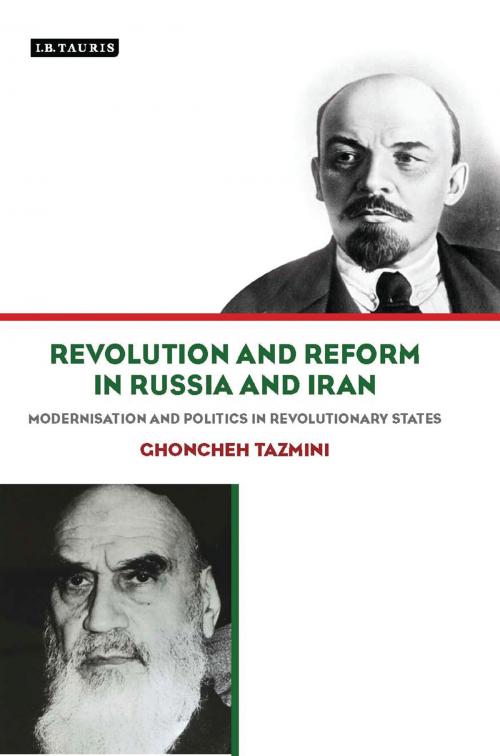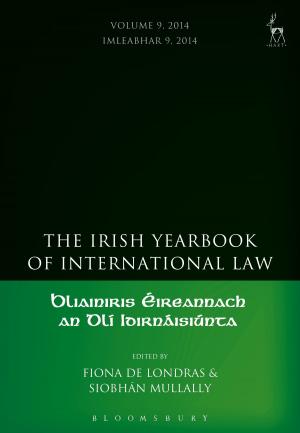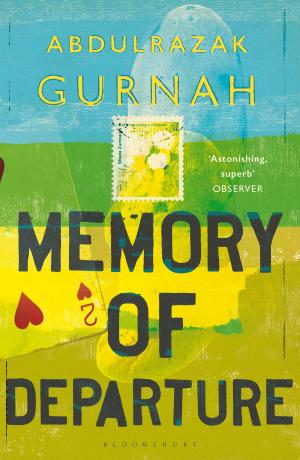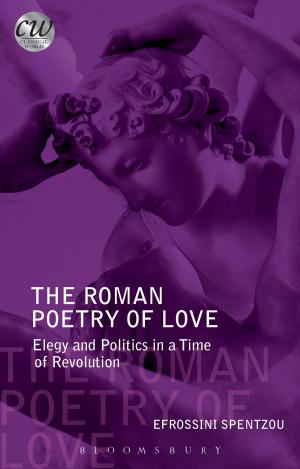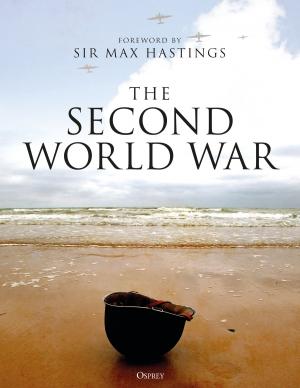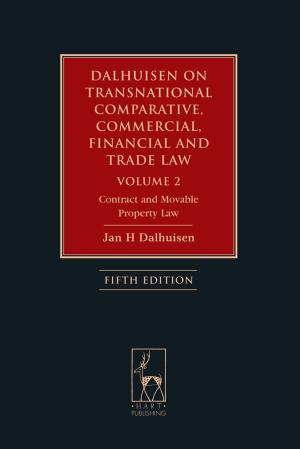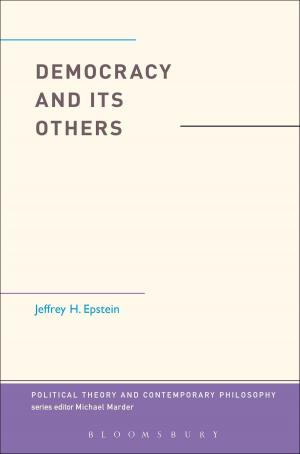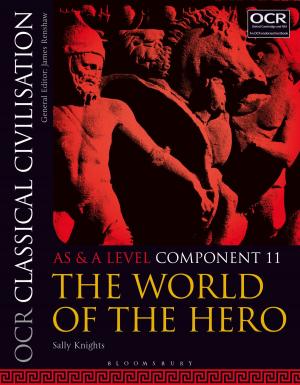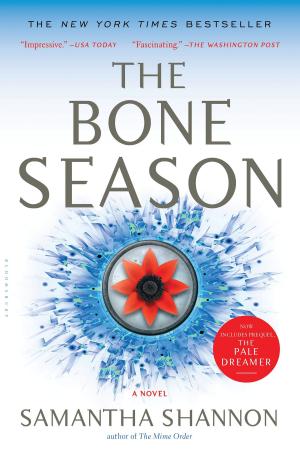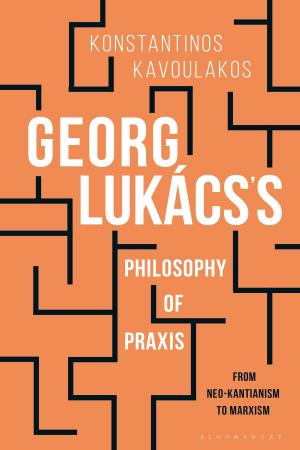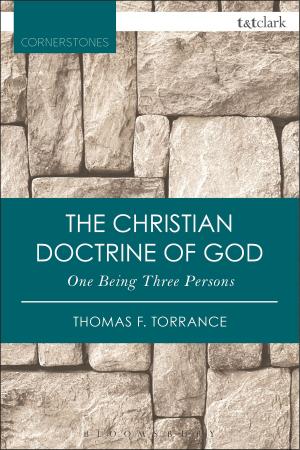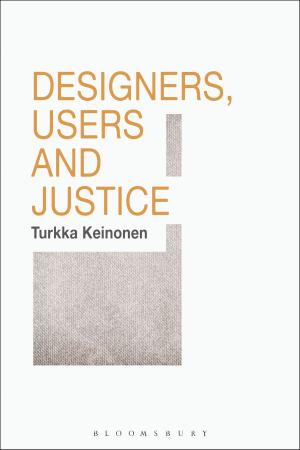Revolution and Reform in Russia and Iran
Modernisation and Politics in Revolutionary States
Nonfiction, Social & Cultural Studies, Political Science, Social Science, History| Author: | Ghoncheh Tazmini | ISBN: | 9780857730701 |
| Publisher: | Bloomsbury Publishing | Publication: | March 30, 2012 |
| Imprint: | I.B. Tauris | Language: | English |
| Author: | Ghoncheh Tazmini |
| ISBN: | 9780857730701 |
| Publisher: | Bloomsbury Publishing |
| Publication: | March 30, 2012 |
| Imprint: | I.B. Tauris |
| Language: | English |
The Russian Revolutions of 1917 and the Iranian Revolution of 1979 are two examples of dramatic, sudden and extraordinary political upheaval that significantly altered the nature of the state and society in the modern age. Here, Ghoncheh Tazmini provides an unprecedented comparative look at these two major revolutions of the twentieth century: their roots, events, impact and subsequent efforts to reform. By doing so, she draws the conclusion that in spite of their differing goals, ideologies and outcomes, these two defining upheavals share an important similarity: both occurred after years of rapid, state-sponsored modernisation efforts carried out against the backdrop of a form of government that bore all the hallmarks of a repressive autocracy. It was this kind of modernisation - a modernisation from above - that the author maintains heavily contributed to the socio-economic discontent and political instability that proved to be the downfall of the Romanov and Pahlavi dynasties.
'Revolution and Reform in Russia and Iran' offers a critical exploration of monarchies of Tsar Nicholas II and the Shahs Reza and Mohammad Reza Pahlavi, and their attempts to implement modernisation from above. It furthermore examines the successful attempts of the revolutionary movements inspired and led by Lenin and the Ayatollah Khomeini to gain control of the state, and the subsequent efforts of these two men to shape both state and society according to their respective ideologies.
Although these two experiences of revolution and reform are removed from each other both spatially and temporally, Tazmini highlights their similarities. She furthermore examines the successes and failures of their political elites, stressing the continuity of the dilemma surrounding the all-important issue of modernisation. Thus Tazmini demonstrates how these issues continue to impact the rule of men like Mikhail Gorbachev and Vladimir Putin in Russia, and Mohammad Khatami and Mahmoud Ahmadinejad in Iran. This book is a significant contribution to both historical and contemporary debates concerning Russian and Iranian politics, and to the discourse on of the origins and consequences of modernisation and revolution themselves.
The Russian Revolutions of 1917 and the Iranian Revolution of 1979 are two examples of dramatic, sudden and extraordinary political upheaval that significantly altered the nature of the state and society in the modern age. Here, Ghoncheh Tazmini provides an unprecedented comparative look at these two major revolutions of the twentieth century: their roots, events, impact and subsequent efforts to reform. By doing so, she draws the conclusion that in spite of their differing goals, ideologies and outcomes, these two defining upheavals share an important similarity: both occurred after years of rapid, state-sponsored modernisation efforts carried out against the backdrop of a form of government that bore all the hallmarks of a repressive autocracy. It was this kind of modernisation - a modernisation from above - that the author maintains heavily contributed to the socio-economic discontent and political instability that proved to be the downfall of the Romanov and Pahlavi dynasties.
'Revolution and Reform in Russia and Iran' offers a critical exploration of monarchies of Tsar Nicholas II and the Shahs Reza and Mohammad Reza Pahlavi, and their attempts to implement modernisation from above. It furthermore examines the successful attempts of the revolutionary movements inspired and led by Lenin and the Ayatollah Khomeini to gain control of the state, and the subsequent efforts of these two men to shape both state and society according to their respective ideologies.
Although these two experiences of revolution and reform are removed from each other both spatially and temporally, Tazmini highlights their similarities. She furthermore examines the successes and failures of their political elites, stressing the continuity of the dilemma surrounding the all-important issue of modernisation. Thus Tazmini demonstrates how these issues continue to impact the rule of men like Mikhail Gorbachev and Vladimir Putin in Russia, and Mohammad Khatami and Mahmoud Ahmadinejad in Iran. This book is a significant contribution to both historical and contemporary debates concerning Russian and Iranian politics, and to the discourse on of the origins and consequences of modernisation and revolution themselves.
